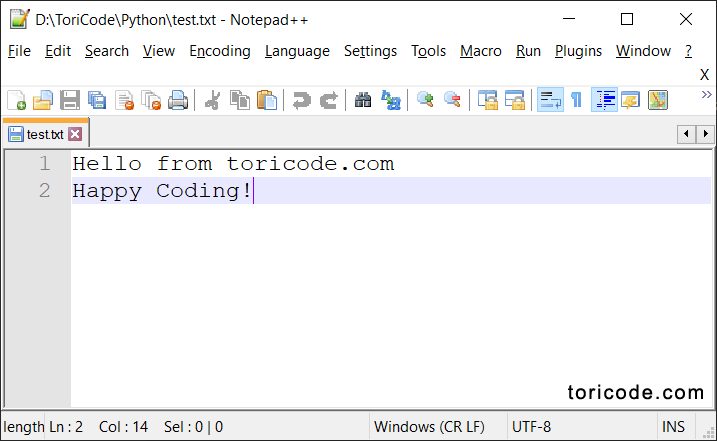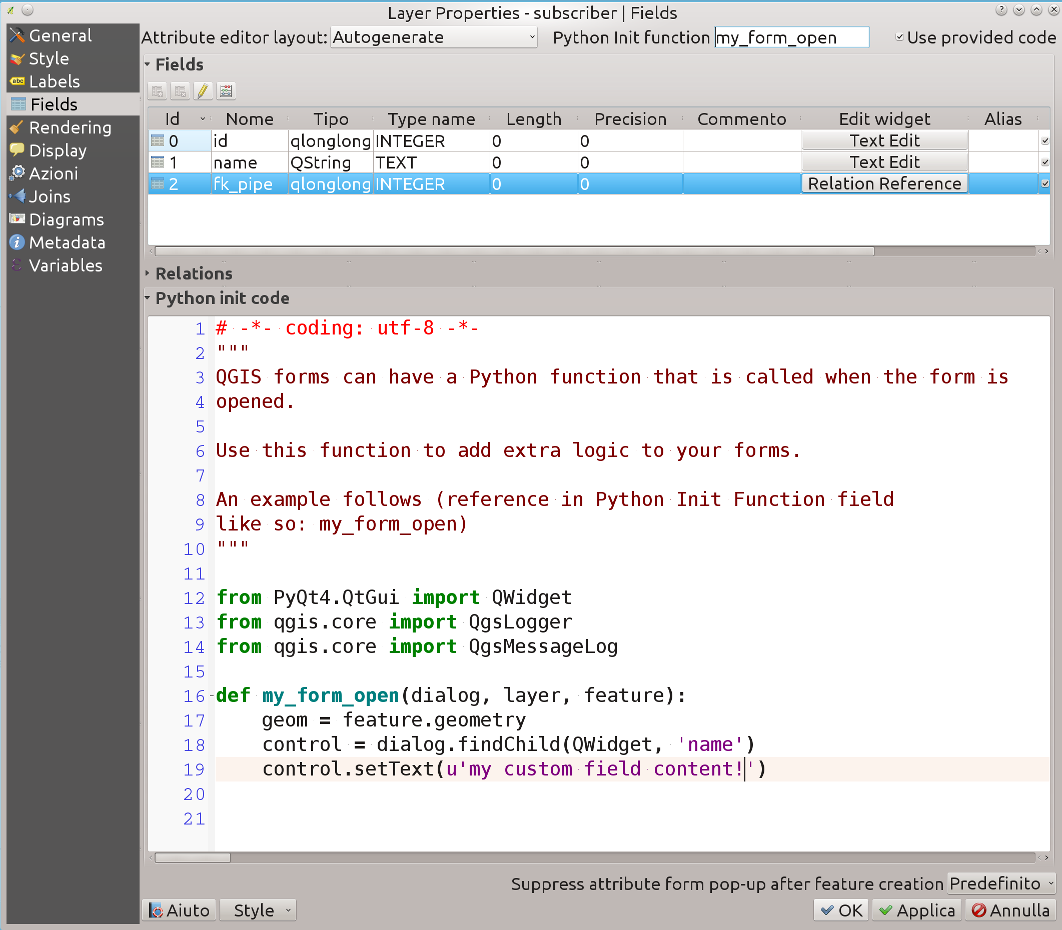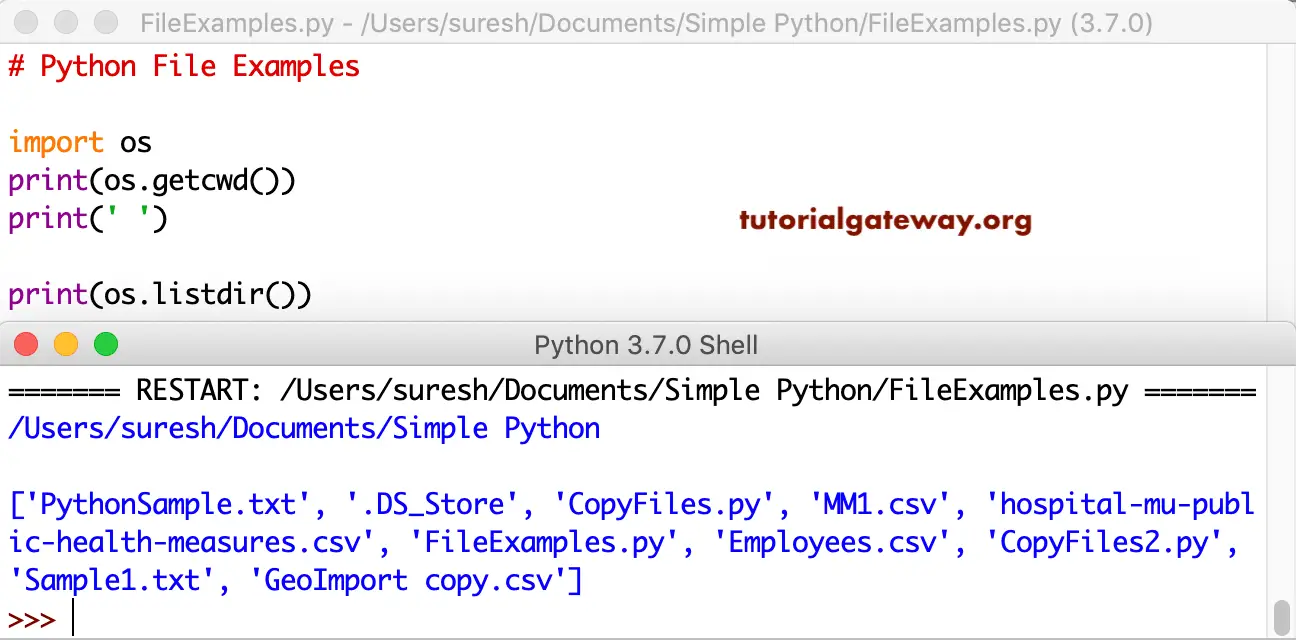


- #Python open filr for writing and appending how to
- #Python open filr for writing and appending code
- #Python open filr for writing and appending plus

#Python open filr for writing and appending code
But if there is a complex data file which is not readable, this piece of code could be useful. In our case the line is short and readable, the output will look similar to the read mode. When you run the code ( f1=f.readlines()) for reading the file or document line by line, it will separate each line and present the file in a readable format. This code will segregate your data in easy to ready mode txt file line by line if your data is too big to read. But in our case we already have the file, so we are not required to create a new file.
#Python open filr for writing and appending plus
Once again if you could see a plus sign in the code, it indicates that it will create a new file if it does not exist. You can also append a new text to the already existing file or the new file. When you click on your text file in our case “python.txt” it will look something like this This will close the instance of the file python.txt stored.

So basically we are putting in the line number that we are writing, then putting it in a carriage return and a new line character.The output we want to iterate in the file is “this is line number”, which we declare with write function and then percent d (displays integer).Using the write function to enter data into the file.We have a for loop that runs over a range of 10 numbers.The available option beside “w” are “r” for read and “a” for append and plus sign means if it is not there then create it.Here we used “w” letter in our argument, which indicates write and the plus sign that means it will create a file if it does not exist in library.Open takes 2 arguments, the file that we want to open and a string that represents the kinds of permission or operation we want to do on the file We declared the variable f to open a file named textfile.txt.text files (python.txt) by using the code, we have demonstrated here how you can do this Python provides an inbuilt function for creating, writing and reading files. In Python, there is no need for importing external library to read and write files.


 0 kommentar(er)
0 kommentar(er)
